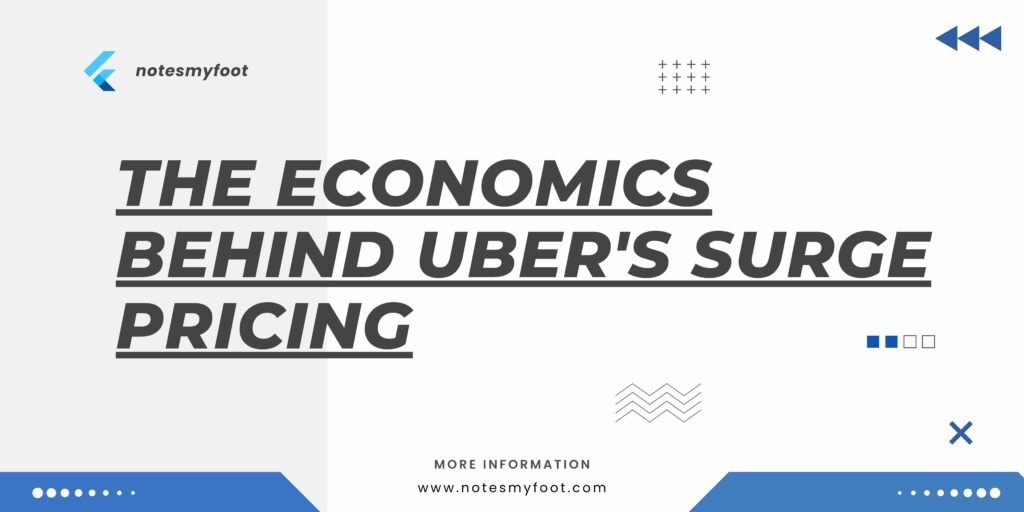
Introduction: The Economics behind Uber's Surge Pricing
In the fast-paced world of ride-hailing services, Uber has revolutionized the way people travel. Alongside its innovative business model, one aspect that has sparked both curiosity and controversy is Uber’s surge pricing system. This blog post aims to delve into the economics behind Uber’s surge pricing, examining its impact on consumers, drivers, and the company itself. We will also explore the challenges associated with surge pricing and analyze whether Uber’s new upfront pricing system can address these concerns effectively.
Section 1: The Birth of Uber
Uber’s rise to prominence was fueled by the need for convenient and reliable transportation. Founded in 2009, the company disrupted the traditional taxi industry by creating a platform that connects riders with drivers through a user-friendly smartphone app. This disruptive approach allowed Uber to quickly gain market share and establish a global presence.
Section 2: Business Model
Uber’s success can be attributed to its unique business model. By leveraging the concept of the sharing economy, Uber connects individuals who own vehicles with those in need of transportation. This model allows for flexibility, as drivers can work when it suits them, and riders can enjoy the convenience of ondemand transportation.
Section 3: Uber's Pricing Strategy
Surge pricing is a fundamental component of Uber’s pricing strategy. During periods of high demand, such as rush hour or inclement weather, surge pricing kicks in, increasing the cost of rides. The objective behind surge pricing is to incentivize more drivers to join the platform and meet the increased demand while balancing the supply and demand dynamics.
Section 4: Criticism
While surge pricing serves as an effective mechanism to match supply and demand, it has faced criticism from consumers. Detractors argue that surge pricing can lead to exorbitant fares during peak times, leaving some riders feeling exploited. Additionally, surge pricing has been accused of lacking transparency, as riders are often unaware of the surge multiplier until after confirming the ride.
Section 5: What Uber has to Say...
Section 6: Upfront Fare System
In an attempt to address the concerns associated with surge pricing, Uber introduced the upfront fare system. With upfront pricing, riders are provided with the final fare before confirming a ride, eliminating the surprise factor of surge pricing. This new system aims to offer riders greater transparency and predictability while maintaining the benefits of surge pricing for drivers and the overall efficiency of the platform.
Conclusion:
Uber’s surge pricing system has been a subject of both praise and criticism. While it has been instrumental in balancing supply and demand during peak times, concerns about fairness and transparency have been raised. The introduction of the upfront fare system reflects Uber’s commitment to addressing these concerns and evolving its pricing strategy. As Uber continues to innovate and adapt, it remains to be seen how the economics behind surge pricing will shape the future of ride-hailing services. Also check out Quikr’s Diversification Strategy Exploring Opportunities and Challenges in the Online Portal Industry.
